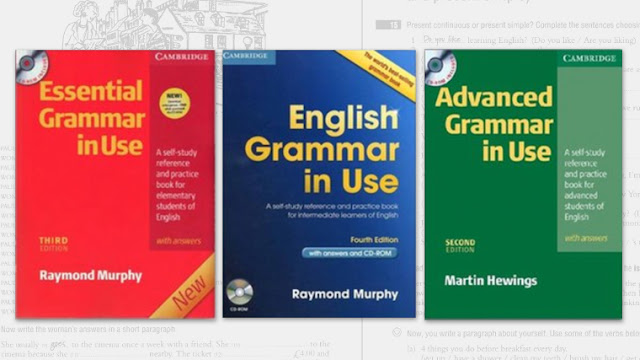English Grammar in Use - UNIT 3. Present continuous and present simple (1) (I am doing and I do)

A . Study the explanations and compare the examples: Present continuous (I am doing) Use the continuous for something that is happening at or around the time of speaking. The action is not finished. I am doing (now) * The water is boiling. Can you turn it off? * Listen to those people. What language are they speaking? * Let's go out. It isn't raining now. * 'Don't disturb me. I'm busy.' 'Why? What are you doing?' * I'm going to bed now. Goodnight! * Maria is in Britain at the moment. She's learning English. Use the continuous for a temporary situation : * I'm living with some friends until I find a flat. * 'You're working hard today.' 'Yes, I've got a lot to do.' See Unit I for more information. Present simple (I do) Use the simple for things in general or things that happen repeatedly. I do * Water boi...


